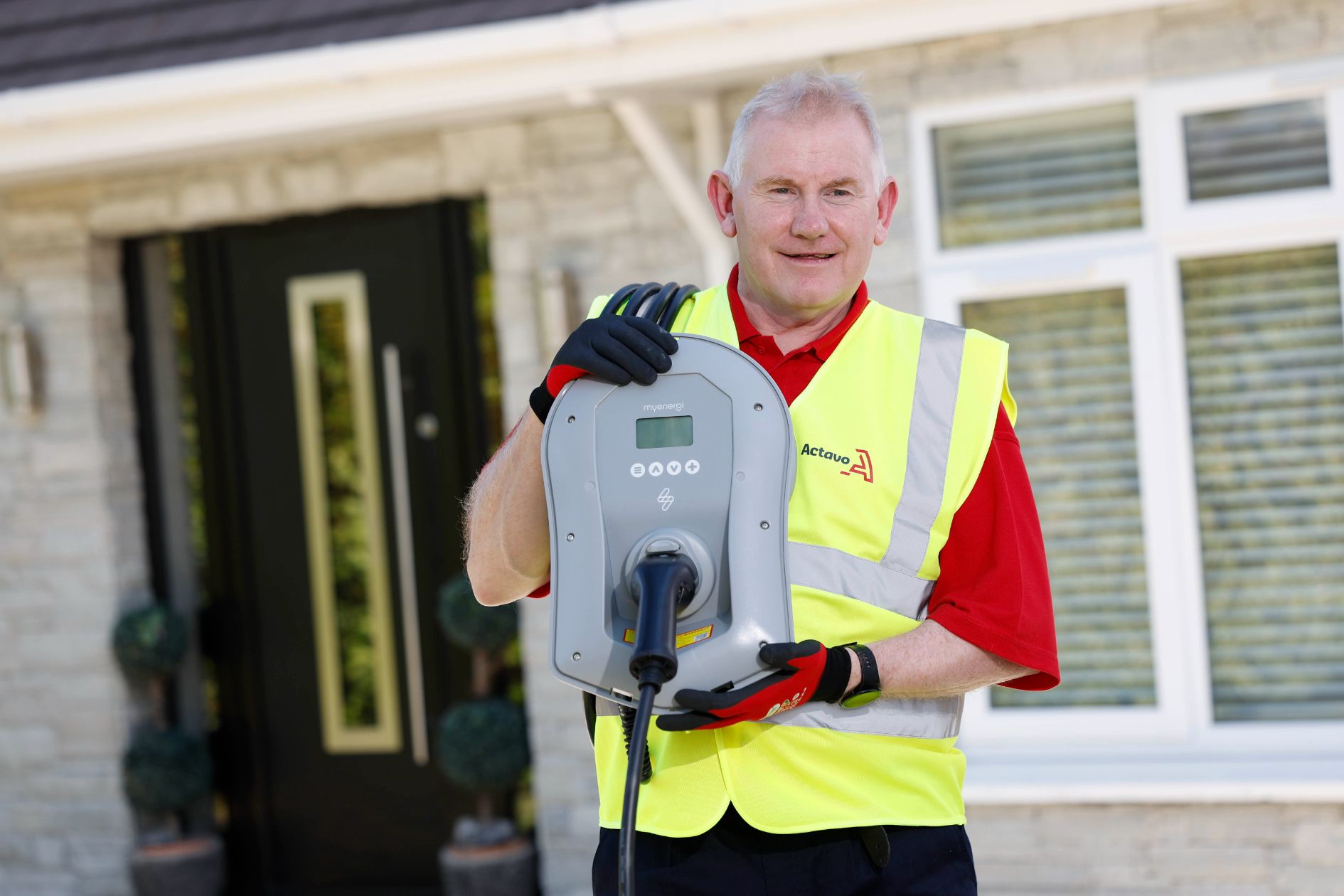Tips for getting a quote for your home car charger installation
If, like many environmentally-conscious motorists, you are making the switch to electric, the first thing you are probably thinking about is who you will get to install your home car charger, and what you will need to tell them in order to get a quote.
According to the Department of Transport, over 80% of EV motorists charge their cars at home, and there are growing incentives to do so. Not only is it extremely convenient to power up in your own driveway, you can also avail of the SEAI home charger grant of €600 (even if you do not already have your electric car), you can integrate your charger with solar panels for free electricity, and you may also be able to make money from your home charger in future, using an app such as GoPlugable.
So what do you need to tell installers before you can get a quote?
Well it’s not quite as simple as getting a price for an EV charger – which is why you need to provide a few details before any installer can quote you.

Location and Private Parking?
Firstly, any installer will ask you some basic details, such as your Eircode, type of property and if you have a private parking space. This is critical, because you cannot avail of the SEAI home charger grant unless you have off-street parking.
You will then be asked a few more details, which help the installer determine if your EV charger installation will be a standard one, or if it will require additional electrical work, such as extra wiring. All you need is a measuring tape and your mobile phone camera, and it should take no more than a few minutes to provide this information.
Your fuse board and ESB meter
You will be asked for the location of your fuse board and a photo of it with the door open. This is so that the installer can see if the fuse board type is compatible with an EV charger installation. Fuse boards are located indoors and many are in utility rooms or hallways.
You will also be asked for the location of your outdoor ESB Meter, and a photo of it with the door open. Again, this is so that the installer can see what type of meter you have.
Desired Charge Point location
Next, you need to let the installer know where you would like to position the charge point outside your home (or in your garage if you have one), provide a photo of this location, and advise if it is on the same side of your house as your fuse board. You will also be asked how far the charge point is (in metres) from both the fuse board and the ESB meter. This is important, because it dictates whether you will need extra wiring, which will add to the quote cost.
Your MPRN
Finally, you will need to give the installer your MPRN – Meter Point Reference Number, an 11-digit number, starting with ‘10’, which you can find at the top of your electricity bill or online account. This is needed to let the installer complete the electrical certification and is required for the SEAI grant.
Select your preferred charger
If you know what type of charger you would like to get installed, you can advise your installer, or they may recommend particular chargers that will suit your needs. Some of the preferred brands on offer in Ireland include Wallbox and Zappi, which also offer integration with solar panels, allowing you to charge your electric car for free if you have PV panels installed.

A few caveats
As with any electrical installation, always ensure you get a quote from a fully qualified and experienced Safe Energy approved electrician, who follows rigorous safety and quality standards. Your installer should also be able to advise you on the SEAI grant. This is a significant investment and you need to be assured it is done to the highest standard.
For more information or to get a quote, CLICK HERE